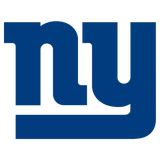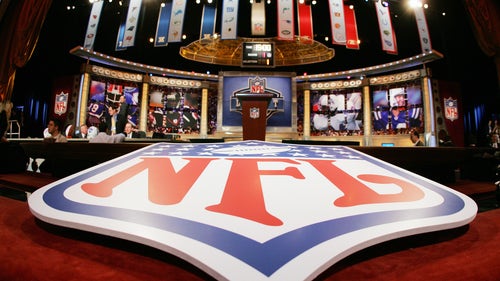
There is reason for optimism as Saquon Barkley returns to New York Giants
Dr. Matt Provencher
FOX Sports Injury & Performance Analyst
Saquon Barkley showed how special he was the moment he touched the ball in an NFL preseason game back in 2018.
For more analysis of the NFL from Dr. Matt, follow him on Twitter or go to FantasyPredictors.com.
And he continued to do so until Week 2 of the 2020 season, when he tore his ACL and sprained his MCL against the Chicago Bears. Now, less than a year later, the New York Giants expect to have their star back on the field sometime in the first three weeks of the season.
But what can fans expect to see from the 5-foot-11, 233-pound running back? It’s hard to say for sure, but we might be able to get some indication by looking at how other running backs have fared after suffering similar injuries.
First, the bad news.
Running backs do not typically fare well when coming back from such injuries. In fact, they have the lowest survivorship rate among all positions. When we looked at Cincinnati Bengals quarterback Joe Burrow earlier this month, we talked about how quarterbacks return from reconstructive knee surgery for another season 96% of the time, a second season 76% of the time and a third season 63% of the time.
For running backs, those numbers are only 54%, 43% and 29%, respectively, a sobering difference.
Of course, if you’re running a football team, simply getting back on the field isn’t good enough; you also want to see production. Unfortunately, running backs also see a significant reduction in performance in their first season back, including a 43% reduction in snap production, and a 49% reduction in rushing yards per game.
Reasons for these reductions are understandable considering the rigors of the position. The player might not trust that the knee is fully repaired and might lack confidence that the knee has the strength and stability to pivot and cut. There could also be issues with rust after the long layoff.
If those numbers were to hold true for Barkley in the 2021 season, then the Giants should expect to see him take part in only about 450 snaps and average roughly 40 yards per game on the ground.
That’s not exactly what you hope for from a player chosen No. 2 overall in the draft. But of course, if bringing him back carefully means lower numbers in 2021 but better health in the future, that’s a path the team would be wise to take.
All of this might seem negative, but there is an interesting wrinkle in the data that could prove to be a silver lining: The numbers look much more promising when it comes to high-caliber, elite running backs. And three good examples immediately come to mind. Let’s take a look.
Edgerrin James
James, who was just inducted into the Pro Football Hall of Fame this summer, started his NFL career on a tear, averaging 102 rushing yards per game across 32 games in his first two seasons.
He played only six games in Season 3 before tearing his ACL. Now let’s look at his comeback.
First season back: 14 games, 71 yards per game.
Second season back: 13 games, 97 yards per game.
Third season back: 16 games, 97 yards per game.
James ended up gaining 12,246 yards (13th all-time) in 11 seasons, and Canton came calling.
The Vikings running back was averaging 88.5 yards per game when he tore his ACL just four games into his rookie season. His comeback has resembled a gradual rise to greatness.
First season back: 11 games, 56 yards per game.
Second season back: 14 games, 81 yards per game.
Third season back: 14 games, 111 yards per game.
Cook has been a Pro Bowler in each of the past two seasons.
Adrian Peterson
The recovery this future Hall of Famer made was truly remarkable.
Peterson tore his ACL and MCL on Christmas Eve 2011. He was in his fifth season in the NFL and averaging 81 yards per game at the time.
Unlike Cook and James, Peterson didn’t need a couple of years to return to form. He played 16 games the following season, leading the NFL in both total rushing yards (2,097) and rushing yards per game (131.1). His efforts earned him the MVP award.
So, when examining the data regarding running backs returning from knee reconstruction surgery, it’s important to be realistic. Many players don’t come back at all or see a significant reduction in production when they do.
But it’s also important to note that the odds appear to be better for elite running backs, a class that certainly includes Barkley.
The Giants star might not be able to do what Peterson did — who could? — but New York fans shouldn’t panic if he starts slowly in 2021, either.
The Giants' running game depends on Barkley. If he can get over the mental hurdles and shake off that so-called "rust," he is a prime player who can bounce back from this. Good protection will help, as will some load management from the team.
I would predict perhaps a 25-35% decrease in rushing yards in Barkley’s first season back — putting him in the 50-60 yards per game range — not the 50-55% decrease you see in average NFL running backs.
I think that's the best estimate. But with a player of his caliber, his numbers could be even better if his usage is higher than expected. That’s what great players do.
For more up-to-date news on all things NFL, click here to register for alerts on the FOX Sports app!









